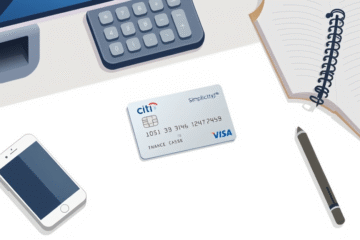Debt Payment strategies have become increasingly crucial in today’s financial landscape.
Understanding how to effectively manage and prioritize debt repayment is essential for achieving long-term financial stability.
This comprehensive guide explores various proven methods and techniques for tackling debt, from basic needs assessment to sophisticated repayment strategies.
By implementing these strategic approaches, individuals can create a clear path toward financial freedom while maintaining their essential lifestyle needs.
Effective Debt Repayment Strategies
Debt can feel overwhelming, especially for individuals juggling multiple financial obligations.
However, implementing effective debt repayment strategies is essential for regaining control over one’s financial future.
By prioritizing debts based on interest rates and crafting a structured repayment plan, one can navigate the complexities of debt more efficiently.
Adopting methods such as the snowball and avalanche techniques can provide a clear path toward financial stability and success.
Ultimately, understanding the best approaches to debt repayment is crucial for fostering long-term financial health.
Meeting Basic Family Needs First
Ensuring that basic family needs are met before addressing debt is fundamental for maintaining stability and well-being. Prioritizing these necessities offers security and reduces stress, allowing families to focus on debt repayment more effectively. Neglecting essential needs can lead to further financial complications. Meeting these needs must precede any debt payment strategies. A structured approach will aid in regaining financial control, minimizing potential crises, and fostering a healthier environment for family growth.
- Housing: Keeping a safe and stable living environment.
- Food: Ensuring nutritious meals for family health.
- Healthcare: Access to necessary medical care and prescriptions.
Focusing on High-Interest Debts
Focusing on high-interest debts in a repayment strategy can lead to significant financial benefits. By paying off debts with higher interest rates first, individuals minimize the total interest paid over time. This approach, often referred to as the “Debt Avalanche Method“, allows greater control over finances.
When prioritizing these debts, individuals not only save money but also shorten the repayment period, leading to faster financial freedom. Importantly, tackling high-interest debts prevents accumulation of additional charges. Relevant data further illustrates the advantages by quantifying savings.
| Debt Type | Interest Rate | Total Cost Over Time |
|---|---|---|
| High-Interest Debt | 20% | $10,000 |
| Low-Interest Debt | 5% | $5,500 |
This table highlights the substantial difference between costs attributed to varying interest rates. Paying attention to high-interest obligations first not only shrinks the financial burden but optimizes repayment efforts significantly.
Developing a Structured Debt Repayment Plan
- Assess your financial situation: Begin by compiling a list of all your debts, including amounts owed, interest rates, and due dates. This is the foundation.
- Create a budget: Evaluate your monthly income and expenses to determine how much you can afford to allocate towards debt repayment. Chase Debt Repayment Plan.
- Prioritize your debts: Use methods like the avalanche or snowball technique to decide which debts to pay off first. Input from World Bank document.
- Set realistic goals: Establish achievable milestones for paying off debts, keeping in mind your budget constraints and financial objectives.
- Negotiate with creditors: Communicate with them to potentially lower interest rates or consolidate debts into a more manageable payment structure. See MMI Debt Management Plans.
- Monitor progress: Continuously review your repayment plan and adjust it as necessary to stay on track and accommodate any changes in your life.
Negotiating Terms with Creditors
Negotiating with creditors requires effective communication and clear understanding of your financial situation. Begin by creating a realistic repayment proposal, tailored to your income and expenses.
Having a structured plan not only demonstrates financial responsibility but can also convince creditors to reconsider terms. Maintaining a respectful tone during discussions is crucial.
Consider this hypothetical dialogue: “I’ve reviewed my finances and believe paying $200 monthly will avoid default.”
Acknowledge their position: “I understand your concern about interest, yet reduced payments are crucial for my financial health.”
Using such tactics can lead to a more favorable outcome, emphasizing cooperation to reach a feasible agreement.
Mastering debt repayment requires a balanced approach of meeting immediate needs while strategically addressing long-term financial obligations.
By following these structured guidelines and maintaining consistency, individuals can successfully navigate their journey toward financial freedom.



0 Comments